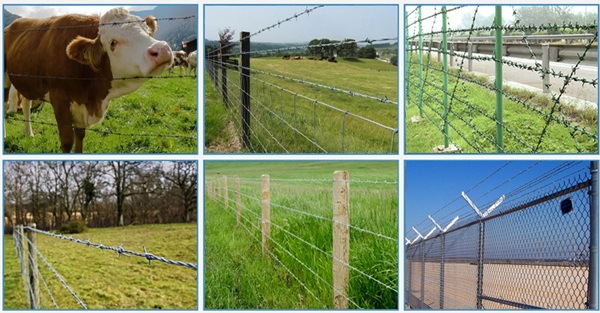Aug . 09, 2024 02:35 Back to list
Comprehensive Guide to Expanded Metal Mesh Pricing and Market Trends for 2023
Understanding the Pricing of Expanded Metal Mesh A Comprehensive Guide
Expanded metal mesh has become an essential material across various industries owing to its unique properties and versatile applications. From architectural designs to industrial uses, the demand for expanded metal mesh continues to grow, leading to questions about its pricing and procurement. In this article, we will delve into the factors that affect the price of expanded metal mesh and what buyers should consider when exploring a price list.
What is Expanded Metal Mesh?
Expanded metal mesh is made from a sheet of metal that has been heated and then stretched to create a network of diamond-shaped openings. This manufacturing process not only enhances the material's strength but also reduces its weight and improves its aesthetic appeal. Commonly produced from materials such as steel, aluminum, and stainless steel, expanded metal mesh is used in flooring, fencing, cladding, and security applications.
Factors Influencing the Price of Expanded Metal Mesh
1. Material Type The choice of material significantly impacts the price of expanded metal mesh. For instance, aluminum mesh is generally lighter and resistant to corrosion, making it pricier than regular carbon steel mesh. Conversely, galvanized steel is often less expensive due to its wider availability and lower production costs. Buyers should assess their specific project requirements to choose the most cost-effective yet functional material.
2. Mesh Thickness and Size Expanded metal mesh is available in various thicknesses and sizes, which also influence pricing. A thicker mesh provides more strength and durability but typically comes at a higher cost. Additionally, larger sheets will naturally be more expensive than smaller ones. Buyers should consider the balance between the desired strength and cost when specifying dimensions.
expanded metal mesh price pricelist

3. Manufacturing Process The fabrication process and technology used in producing expanded metal can affect the price. Automated manufacturing might incur higher initial setup costs but can often reduce production time and labor, leading to lower overall prices for larger orders. Custom designs may also introduce additional costs.
4. Surface Treatment Many applications require specific surface treatments, such as galvanization, powder coating, or painting, to enhance durability or aesthetics. These treatments come with added costs and should be factored into the total price of the expanded metal mesh.
5. Order Quantity As with most materials, the quantity ordered can lead to bulk pricing advantages. Large orders are likely to result in discounts, while smaller orders may be subject to higher per-unit costs. Buyers should evaluate their needs and consider future projects to benefit from wholesale pricing.
6. Market Demand and Supply Like any commodity, the price of expanded metal mesh is also influenced by market demand and supply dynamics. During periods of high demand or supply chain disruptions, prices might spike. Keeping an eye on market trends can help buyers time their purchases more strategically.
Conclusion
When navigating the expanded metal mesh market, understanding the various factors that influence pricing is crucial for making informed purchasing decisions. Buyers should evaluate their specific needs, consider the material and size requirements, and stay attuned to market conditions. By doing so, they can find the most appropriate expanded metal mesh at a competitive price, ensuring that they achieve the best value for their investment. As industries continue to evolve, expanded metal mesh remains a key player, making its pricing an important consideration for architects, engineers, and contractors alike.
-
Hop Dipped Galvanized / PVC Coated Temporary Fence - Anping County Xingzhi Metal Wiremesh Products Co., Ltd.|Corrosion Resistant&Modular Design
NewsAug.03,2025
-
Galvanized Iron Wire Anti Mosquito Window Screen Net | Durable
NewsAug.03,2025
-
Hop Dipped Galvanized/PVC Coated Temporary Fence-Anping County Xingzhi Metal Wiremesh Products Co.,Ltd|Durable Temporary Fencing Solutions&Customizable Construction Site Security
NewsAug.02,2025
-
Hop Dipped Galvanized/PVC Coated Temporary Fence - Anping County Xingzhi Metal Wiremesh Products Co., Ltd.
NewsAug.02,2025
-
Hop Dipped Galvanized/PVC Coated Temporary Fence-Anping County Xingzhi Metal Wiremesh Products Co., Ltd|Durable Temporary Fencing&Corrosion-Resistant Solutions
NewsAug.02,2025
-
Hop Dipped Galvanized / PVC Coated Temporary Fence - Anping County Xingzhi Metal Wiremesh Products Co., Ltd. | Durable Temporary Fencing Solutions, Versatile Applications
NewsAug.02,2025



